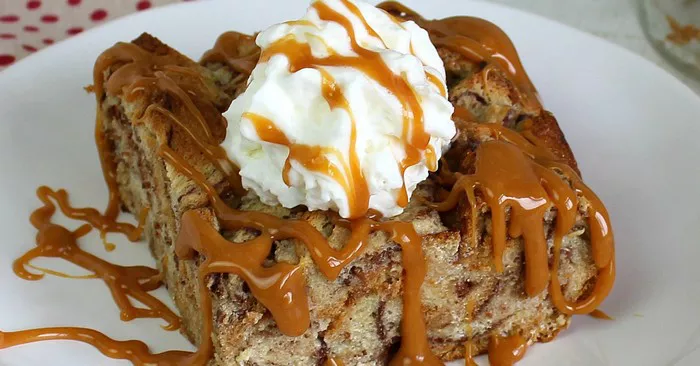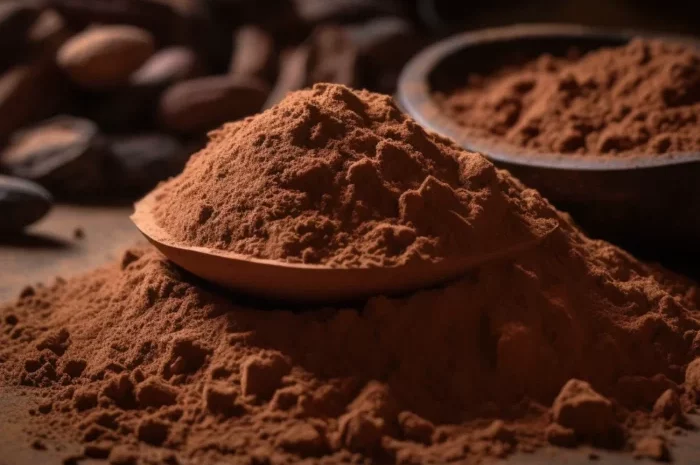Caramel custard is a classic dessert loved by many for its smooth texture and deliciously sweet caramel flavor. This creamy dessert is often found on restaurant menus, but it’s surprisingly easy to make at home. In this guide, we’ll take you through a step-by-step process to prepare a perfect caramel custard that will impress your family and friends. Whether you’re new to cooking or an experienced baker, this simple yet satisfying recipe is sure to be a hit.
What is Caramel Custard?
Caramel custard, also known as flan in some countries, is a rich and creamy dessert made with eggs, milk, sugar, and vanilla. The dessert has two layers: a soft custard base and a caramel sauce that covers the top once it is inverted out of the mold. The combination of silky custard and sweet caramel creates a perfect balance of flavors and textures.
Ingredients Needed for Caramel Custard
Before starting, gather all the necessary ingredients. You only need a few basic items that are likely already in your kitchen.
For the Caramel:
- 1 cup granulated sugar
- 1/4 cup water
For the Custard:
- 4 large eggs
- 2 cups whole milk
- 1/2 cup granulated sugar
- 1 teaspoon vanilla extract
- A pinch of salt
Tools You Will Need
- Medium saucepan
- Whisk
- Baking dish or ramekins
- Strainer
- Oven
- Mixing bowl
- Heatproof spoon or spatula
- Large roasting pan for a water bath (bain-marie)
SEE ALSO: How to Prepare Coffee Jelly
Step 1: Making the Caramel
The first step in preparing caramel custard is to make the caramel that will coat the bottom of the baking dish.
Heat the Sugar: In a medium saucepan, combine 1 cup of sugar with 1/4 cup of water. Stir the mixture gently until the sugar is fully dissolved.
Cook the Caramel: Turn the heat to medium and let the sugar mixture cook without stirring. The sugar will begin to bubble, and the color will gradually change to a deep amber. This process usually takes about 7 to 10 minutes. Be careful not to overcook the caramel, as it can burn quickly and become bitter.
Pour the Caramel: Once the caramel reaches the desired golden-brown color, carefully pour it into your baking dish or divide it equally among individual ramekins. Swirl the dish or ramekins gently so the caramel coats the bottom evenly. Set aside to cool and harden.
Step 2: Preparing the Custard Mixture
While the caramel cools, you can start preparing the custard.
Heat the Milk: In a medium saucepan, heat 2 cups of whole milk over medium heat until it becomes warm. The milk should not boil; you only want to warm it slightly. This step helps the custard bake more evenly.
Whisk the Eggs and Sugar: In a large mixing bowl, whisk together 4 large eggs, 1/2 cup of sugar, and a pinch of salt until the mixture is smooth and well combined. You want to mix until the sugar dissolves completely.
Add the Warm Milk: Slowly pour the warm milk into the egg mixture while continuously whisking. This process prevents the eggs from cooking too quickly and ensures a smooth custard. Once the milk is fully incorporated, add 1 teaspoon of vanilla extract for flavor.
Step 3: Straining the Custard Mixture
To ensure the custard is silky smooth, it’s important to strain the mixture.
Strain the Mixture: Place a fine mesh strainer over a clean bowl and pour the custard mixture through the strainer. This will remove any lumps or bits of egg that may not have fully blended.
Pour the Custard: Once strained, pour the custard mixture into the caramel-coated baking dish or ramekins. Fill the dish or ramekins almost to the top, leaving a small gap for the custard to rise as it bakes.
Step 4: Baking the Caramel Custard
The custard needs to bake gently in a water bath to ensure it cooks evenly without curdling or becoming rubbery.
Prepare the Water Bath (Bain-Marie): Place the baking dish or ramekins in a large roasting pan. Fill the roasting pan with hot water until it reaches halfway up the sides of the dish or ramekins. This method provides gentle, even heat during baking.
Bake the Custard: Preheat your oven to 325°F (163°C). Carefully place the roasting pan in the oven and bake the custard for about 40 to 50 minutes if using a large dish, or 25 to 30 minutes for smaller ramekins. The custard is ready when the edges are set, but the center still jiggles slightly when shaken.
Check for Doneness: To check if the custard is done, insert a knife or toothpick into the center. If it comes out clean, the custard is fully cooked. If not, bake for a few more minutes and check again.
Step 5: Cooling and Chilling the Custard
Once the custard is done baking, it needs time to cool and set before serving.
Cool the Custard: Remove the roasting pan from the oven, and carefully take the baking dish or ramekins out of the water bath. Let them cool on a wire rack at room temperature for about 1 hour.
Refrigerate: Once cooled, cover the custard with plastic wrap and refrigerate for at least 4 hours, or overnight. The longer the custard chills, the better the flavors will develop, and the firmer the texture will become.
Step 6: Unmolding and Serving the Caramel Custard
The final step is to invert the custard out of the dish so the caramel sauce flows over the top.
Loosen the Custard: Run a knife around the edge of the custard to loosen it from the sides of the dish or ramekin.
Invert the Custard: Place a serving plate on top of the dish, then quickly flip it over to invert the custard onto the plate. The caramel sauce should flow over the top, creating a beautiful, glossy finish.
Serve: Serve the caramel custard chilled, garnished with fresh fruit, whipped cream, or a sprinkle of cinnamon for extra flavor.
Tips for Perfect Caramel Custard
Avoid overcooking the caramel: Keep a close eye on the sugar while it cooks, as caramel can burn quickly. The moment it turns a golden brown, remove it from the heat.
Use room temperature eggs: Cold eggs can cause the custard to curdle when mixed with the warm milk. Let the eggs sit at room temperature for a few minutes before whisking them.
Don’t skip the water bath: The water bath is essential for even cooking. It helps the custard cook slowly and prevents it from curdling or cracking.
Chill the custard well: Caramel custard needs time to set properly. Don’t rush the chilling process. Ideally, you should let it chill for several hours or overnight for the best texture.
Variations of Caramel Custard
There are many ways to customize caramel custard to suit your tastes. Here are a few ideas:
Coconut Caramel Custard: Replace half of the milk with coconut milk for a tropical twist.
Coffee Caramel Custard: Add a teaspoon of instant coffee granules to the custard mixture for a coffee-flavored version.
Chocolate Caramel Custard: Melt a small amount of chocolate and mix it into the custard for a rich, chocolatey flavor.
Conclusion
Caramel custard is a timeless dessert that is surprisingly easy to make at home. With just a few basic ingredients and some careful attention to detail, you can create a delicious dessert that’s sure to impress. Whether you’re making it for a special occasion or just to satisfy a sweet craving, caramel custard is a treat that everyone will love. Follow these steps, and soon you’ll be enjoying your very own homemade caramel custard!
Related topics:

























